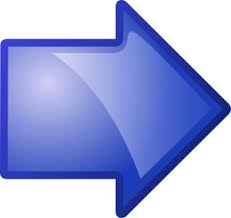The amount of electricity current that flows through a component depends on...
- Potential difference across component
- Resistance of component
Greater potential difference across a component=greater current through the component
Direct current  flows in the same direction. Alternating current
flows in the same direction. Alternating current  constantly changes in direction
constantly changes in direction
Circuit breakers and fuses are safety devices designed to break a circuit if the current becomes too high
Electrical energy can be transformed into other types of energy. The rate of this transformation is the power
Charge (coulomb, C) = Current (amp, A) x Time (second, s)
Comments
No comments have yet been made